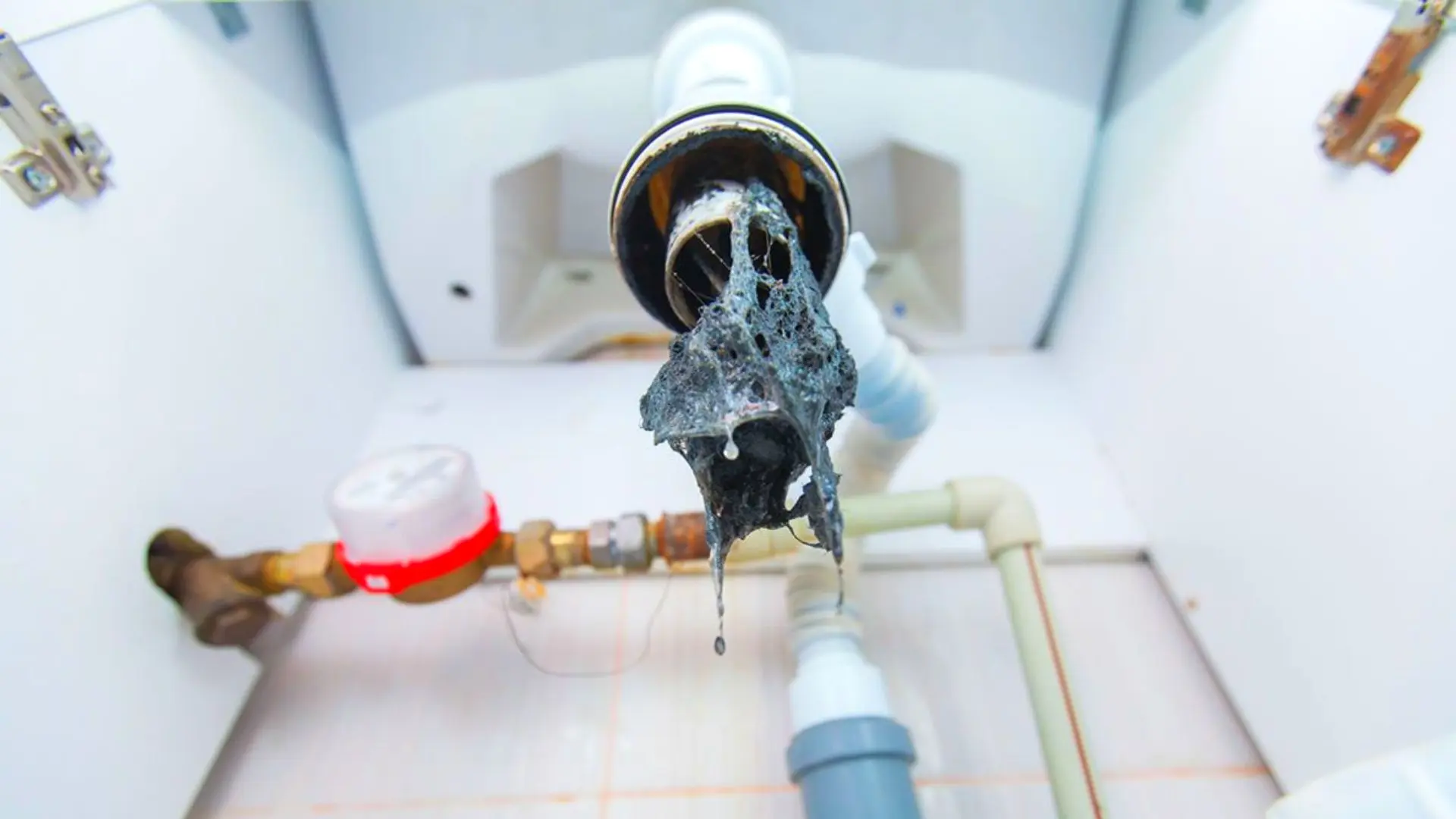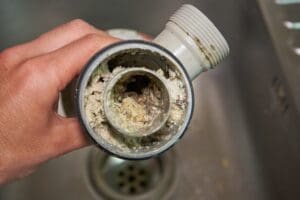Any individual maintains their own thinking when it comes to 4 Ways to Troubleshoot Low Water Pressure.

Low water pressure in your home can be a frustrating problem, affecting everything from showering to washing meals. If you're experiencing weak water flow, there are numerous feasible causes and services to check out. In this guide, we'll talk about common factors for low water stress and practical actions to deal with the issue successfully.
Introduction to Low Water Stress
Low water pressure occurs when the flow of water from your faucets, showers, and various other fixtures is weaker than common. This can make daily tasks extra tough and less reliable. Comprehending the causes of low water stress is vital to finding the best option.
Common Sources Of Low Water Pressure
Faulty Stress Regulators
Stress regulatory authorities are accountable for maintaining consistent water pressure in your home. If they malfunction, it can lead to low tide pressure or irregular flow throughout your house.
Metropolitan Water Issues
Often, the issue lies outside your home. Local supply of water problems, such as main line leakages or maintenance work, can briefly decrease water pressure in your area.
Pipe Obstructions
With time, pipes can end up being clogged with natural resource, sediment, or debris, limiting the flow of water. This is a common concern in older homes with galvanized steel pipelines.
Corrosion
Corrosion within pipes can result in leaks and minimized water stress. Corrosion buildup can restrict water circulation, especially in aging plumbing systems.
How to Identify Low Water Pressure
Inspecting Pipes
Examine visible pipelines for indicators of leaks, deterioration, or obstructions. Pay attention to any unusual audios, such as knocking or rattling pipes, which can indicate issues within the plumbing system.
Consulting with a Plumber
If you're unable to pinpoint the cause of low tide stress, think about employing a professional plumber to conduct a detailed examination. They can identify underlying issues and recommend ideal solutions.
Inspecting Taps and Components
Beginning by examining the water stress at different taps and components throughout your home. If the concern is isolated to certain areas, it might indicate local problems.
DIY Solutions to Repair Low Water Stress
Flushing Hot Water Heater
Debris accumulation in the hot water heater can restrict circulation and minimize effectiveness. Flushing the tank regularly aids eliminate sediment and keep optimal performance.
Inspecting Stress Regulator
Make sure that the stress regulatory authority is working properly. Adjusting or changing the regulator can aid restore appropriate water pressure throughout your home.
Cleaning Aerators and Showerheads
Mineral deposits can build up in aerators and showerheads, minimizing water circulation. Get rid of and cleanse these parts regularly to improve water stress.
Clearing Clogs in Water Lines
For small blockages, try utilizing a plumbing serpent or chemical drain cleaner to clear blockages in pipes. Beware when using chemicals and follow safety standards.
When to Call a Professional Plumber
If DIY efforts stop working to settle the concern or if you suspect considerable plumbing problems, it's ideal to seek assistance from a qualified plumber. They have the know-how and tools to address complex problems safely and effectively.
Safety Nets to Keep Water Stress
Mounting a Pressure Booster
Take into consideration setting up a stress booster pump to improve water stress in areas with continually low flow. This can be specifically advantageous for multi-story homes or residential properties with high-demand fixtures.
Surveillance Water Usage
Bear in mind water usage habits and avoid overtaxing the plumbing system. Simple changes, such as incredible showers and washing tons, can help keep ample water stress.
Routine Maintenance
Schedule regular upkeep for your plumbing system to prevent concerns such as corrosion, leakages, and obstructions. Attending to minor issues early can help prevent even more substantial repairs later.
Verdict
Managing low tide pressure can be discouraging, however determining the underlying causes and executing appropriate solutions can restore optimal circulation throughout your home. Whether it's cleaning aerators, checking pipelines, or speaking with a plumber, taking aggressive steps can ensure a stable supply of water for your everyday demands.
FOUR WAYS TO FIX LOW WATER PRESSURE NOW
Turning on a shower or faucet only to find the water comes out in a sad, slow drizzle is never a good feeling. How exactly are you supposed to wash a pan or take a quick shower when it takes 10 minutes just to rinse off a little soap? The good news is that when your water pressure is bad, there's always a cause: typically one that can be easily fixed. Here are some of the most common causes of low pressure and what you can do to fix the issue:
DEBRIS AND MINERAL DEPOSIT BUILDUPS
If you notice low water pressure from just one or two of the fixtures in your house, the problem likely has to do with debris buildup. Water is full of minerals and other debris, all of which can accumulate in your pipes and on your fixtures. This can cause a blockage that affects how much water flows through. To fix this, try filling a small plastic bag with white vinegar, and use a rubber band to hang it around your showerhead or faucet. Let the head of the fixture soak for a few hours, and the vinegar should loosen the deposits.
WATER LEAKS
Leaks are another common cause of low water pressure. If water is flowing out of your plumbing through a hole or crack before it can reach your fixture, the pressure coming out of the faucet or showerhead will be lower. A plumbing professional is your best bet for finding and repairing a leak in your water supply pipes.
Leaks are another common cause of low water pressure. If water is flowing out of your plumbing through a hole or crack before it can reach your fixture, the pressure coming out of the faucet or showerhead will be lower. A plumbing professional is your best bet for finding and repairing a leak in your water supply pipes.
A VALVE ISSUE
If you have low water pressure throughout your home, check your main shut-off valve to make sure it's completely open. You may also want to see if there's a pressure-reducing valve installed. If there is, have a plumber help you adjust the settings to get the pressure you're looking for.
OTHERS USING WATER
Believe it or not, your low water pressure could be caused by your neighbors. If you notice low pressure at certain times of day, it may be because you and the people living next to you have similar schedules - when everyone is showering at the same time, the pressure will be lower in every home. Low pressure throughout the neighborhood may also be caused by an issue with your municipal water supply. If that's the case, call the supplier to see if they're working on the issue.
https://www.rotorooter.com/blog/water-leaking/low-water-pressure-fixes/

I'm just very focused on 9 Reasons for Low Water Pressure in Your House and I hope you enjoyed reading the entire blog posting. In case you enjoyed reading our blog entry plz don't forget to pass it around. Many thanks for your time. Kindly check up our site back soon.
Learn More